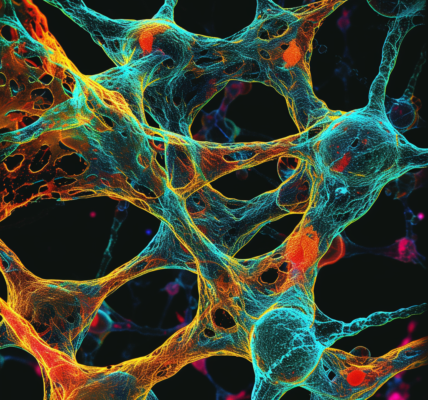Recent research has shed light on the morphological and physiological characteristics of human Purkinje cells (PCs), a crucial type of neuron in the cerebellum. While these cells have been extensively studied in rodents, our understanding of them in humans has been limited. However, a new study has addressed this gap in knowledge by utilizing high-resolution morphological reconstructions and unique electrophysiological recordings from human PCs ex vivo.
The research compared human and mouse PCs and found that, despite similar fractal structures, human PCs are larger and have more dendritic spines due to their higher spine density. They also exhibit a higher dendritic complexity and typically have 2-3 main dendritic trunks, compared to just one in mice.
Although intrinsic electro-responsiveness was similar across species, simulations suggested that human PCs can process significantly more input patterns. This indicates that while human PCs have maintained spike discharge properties similar to rodents, they have evolved to have more complex dendrites, thereby enhancing their computational abilities.
Conducted with consent using tissues from neurologically normal patients following surgeries that accessed deeper brain structures, this research provides insights into the functional properties of human neurons. It contributes to a better understanding of human cerebellar cortex neurons and their potential differences from rodent models, bringing us closer to comprehending the complex workings of the human brain.





